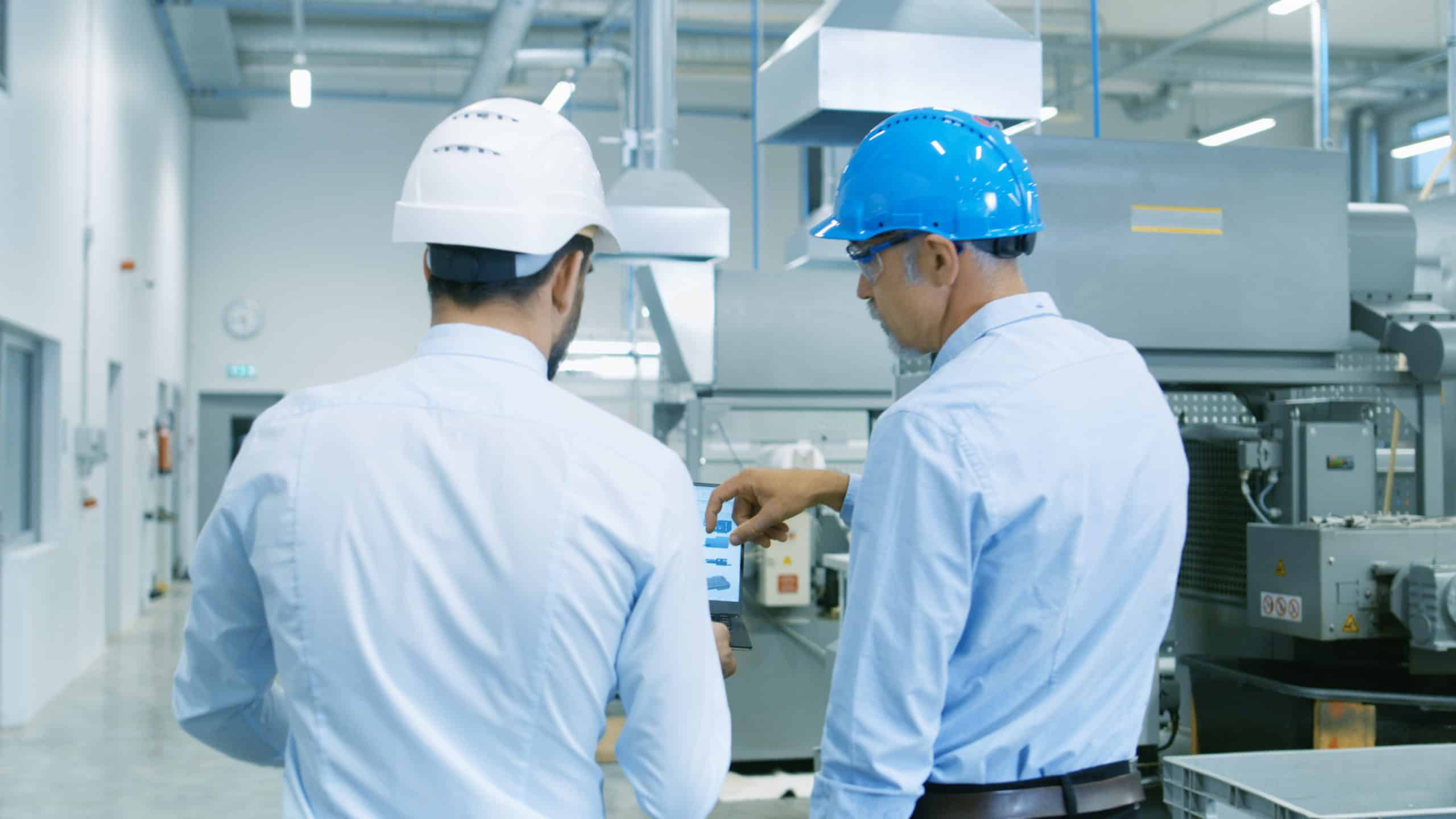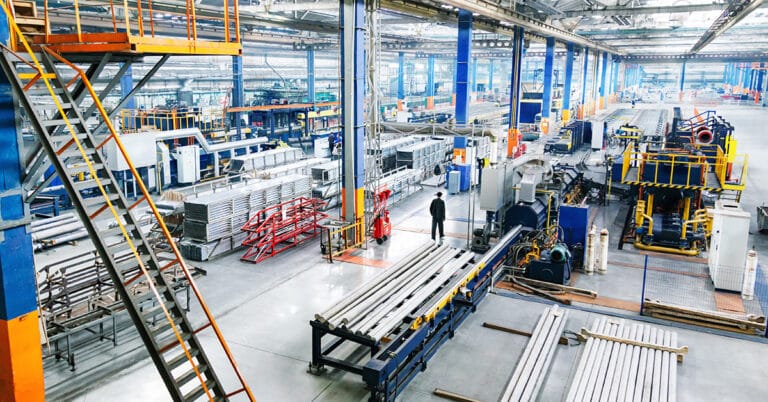If you take a good look at your current production equipment, there’s no doubt you’re looking at a significant portion of your business assets. But, if you’re like many operations today, legacy equipment is, while capable physically of performing the basic tasks at hand, not quite up to its technology potential.
Even more troublesome is the fact that the original OEM for the equipment may no longer even exist, or may no longer support the system controls on which you rely. On the bright side, this “old iron” machinery is actually a wealth of untapped value – if you put the right technology to work. This may sound expensive initially, but modernizing legacy equipment can be done at a fraction of the cost of a total operation makeover – when done correctly.
It’s time for an upgrade
By integrating the latest factory automation technologies into your existing machinery, you can bring your legacy equipment up to modern standards with capabilities that connect to IoT technology within a factory setting. With the implementation of controllers, environmental sensor arrays, safety solutions, SCADA platforms, and other technologies, your equipment will now have the capability to support new levels of safety, efficiency, throughput and productivity – resulting in overall process improvement, increased uptime, and improved OEE.
Putting technology to work
What exactly are these new automation technologies that can be integrated into your existing assets to give them — and your operation — new life? Generally, they fall into these categories:
- New safety features — Automation has revolutionized safety in manufacturing, with sensors, controllers, relays and other technology able to improve the safety of equipment even decades old. A reputation as a safe facility can attract talent to your workforce while improving productivity and efficiency, thanks to improved processes.
- PLC implementations and upgrades — Although programmable logic controllers are nothing new, they’ve made great strides in effectiveness in just the past few years. An upgraded system can offer exponential benefits if your system is outdated. PLCs and other automation integrations can boost your quality, speed and production efficiency without a major equipment investment.
- SCADA architecture — These systems offer high-level process management to maximize efficiency and productivity, vastly improving the value you can offer your customers.
- Data collection — Sensing, regulating and metering tools are able to collect vast amounts of data, which can then be analyzed and implemented to improve production, maintenance, efficiency, safety and other operations. Sensors and other equipment can be easily installed on most manufacturing machinery.
Reaping the benefits
New technology upgrades are great, but how can you prove out the return on their investment? Utilizing this new technology, you will be able to uncover an extensive amount of data – including throughput, uptime, downtime, and even once unreachable data that is determined based on what’s happening with the equipment from a physical or environmental standpoint. Once you begin to take advantage of the power that automation data represents, you’ll never go back to being a merely reactive operation.
Getting started
There is no “one size fits all” solution when it comes to automation upgrades – so whether you plan to dive headfirst into integrating these new automation technologies or wade into the waters slowly, it’s important to make sure you’re getting a solution that meets your specific technical, operational and budgetary requirements. Before you commit to anything, sit down with production and engineering staff to get a feel for what questions would be most helpful to be answered by any data generated and resulting analytics. Concurrently, think about who will be affected by these changes; incorporate their concerns into the solution.
This revival is more than old iron and new data, it’s also efficiency, operator safety, and maintainability. If you and your team do decide an automation upgrade is right for your operations, you’ll revel in your new abilities to be proactive, forward-thinking and even predictive in the way you approach production scheduling, maintenance decisions, overall plant operations, and more.






